Choosing ground cutouts on the basis of the signal's speed is only part of the story. The oscillator, and the 'high speed signals' your link talks about, are different situations.
The oscillator is recommended to use a specific circuit layout. This is a very small circuit. Follow the data sheet. An adjacent ground plane would introduce much C to ground. It's likely that the oscillator requires certain ratios of capacitance, and maximum capacitance to function properly, hence their recommendation. At the frequencies involved, for the line lengths shown, it all works, don't sweat it, just follow the data sheet. The 'to minimise parasitics' statement confirms that it's the excess capacitance that they are concerned about. Even if it does not stop oscillation, excess C will increase power consumption, which could be an issue on lower power designs.
'High speed signals' crossing a ground plane from one IC to another should have a well-defined return current path close by. The simplest way to do this is with an unbroken ground plane underneath. There are other methods, if you know what you're doing, but the unbroken ground plane is easy to do and always works. If you introduce breaks or cutouts in the ground plane, then this disrupts the return current flow, which can cause all sorts of problems which can be quite difficult to diagnose.
It is important that when you've cleared a patch of ground plane under your oscillator that you don't then route a different high speed signal across that area, both for problems with that signal's integrity, and potential problems of interference to/from your oscillator.
 which suggests not to have any ground plane under the oscillator components.
which suggests not to have any ground plane under the oscillator components.